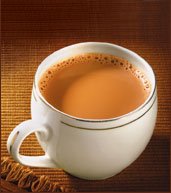Every cup you sip appears to be the same but is that so?. The World of this wonderful hot beverage appear restricted in terms of flavor and taste. But this is not the truth the tea consumed on various Eastern Countries is diverse in taste and flavor.
The additives play a major role in the flavoring in tea leaf. The leaf is highly receptive to flavors and additives in many forms. Hence many aromatic elements are used as additives.
Some of the popular ones are mentioned below:
Flowers
Kewda
Rose
Jasmine
Jasmine
Chrysanthemum
Herbs
Lemon Grass
Kewda
Mint
Pandan
Spices
Mint
Pandan
Spices
Nutmeg
Cinnamon
Cardamom
Cardamom
Ginger
Cassia
Black Pepper
Clove
Anise
Fennel
Bay leaf
Cassia
Black Pepper
Clove
Anise
Fennel
Bay leaf
Vanilla
Mace
Mace
Special spice mixtures are also sold in India which contain many healthy spices.
Some citrus peels are also added like in the Earl Gray Tea popular in UK. Some essential oils are also added to the brew for flavor. In India jaggery is also used in place of sugar which accords it a distinct taste.
Goat's Milk and Camel's Milk are also used instead of cow and buffalo milk in many places. On many instances rum and scotch whiskey are also added to tea.




